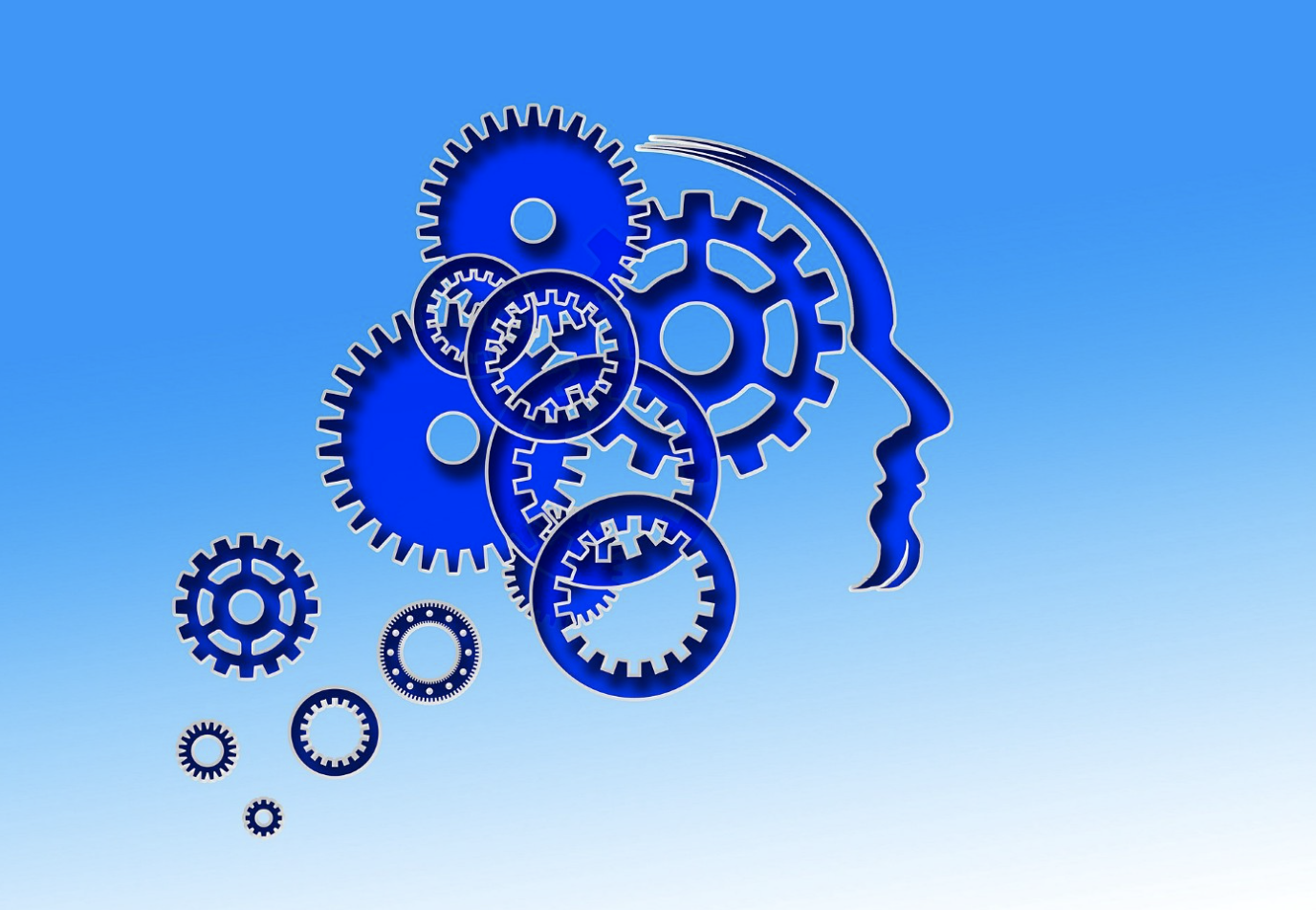
How inflammation causes headaches – and most importantly – what you can do about it
When it comes to chronic and painful headaches and migraines, there isn’t one easy fix that works for everyone. Triggers are often very individualized and based on a variety of things including genetics, stress, sleep, caffeine, and a whole host of other environmental and lifestyle factors.
That said, there is one larger overarching topic that comes up a lot for many patients — and that’s inflammation. The good news is — there are many things patients can do to minimize inflammation in their body and often this does improve chronic and painful headaches.
We’ve got to talk about solutions because migraines remain mysterious for many people. And yet — they are the sixth most disabling illness worldwide, affecting nearly 40 million Americans and approximately one in every four households. More than just a headache, a migraine is a complex neurologic disorder. It not only causes pain, but can also result in light and sound sensitivity, vision changes, difficulty concentrating, nausea, vomiting, and other neurologic symptoms. Certain triggers can alter the brain’s ability to maintain its chemical balance. Once this balance is overwhelmed, a migraine may occur.
So let’s dig into what we know about inflammation and some tips and tricks to reduce it if you’re dealing with severe and painful headaches.
How the process of inflammation causes headaches or migraines
Inflammation is a very complex process that essentially involves the body being irritable and sending a series of chemical and electrical signals around itself, which essentially hypes up this irritability. Over time, the research shows there is inflammation in the body itself and there’s also a separate process that’s happening in the brain that’s called neurogenic inflammation which is likely more related to migraines. When something triggers this process, it’s like a tidal wave builds in the brain, and blood vessels in the brain
This isn’t surprising to patients, who often tell me it feels like their brain is swollen when they have a migraine. As far as we know, there’s no actual physical swelling of the brain. But there’s no doubt people feel pressure and often a throbbing sensation as a result of chemical imbalances and increased blood flow.
Reducing your inflammatory food intake can limit or even prevent migraines.
Reducing your inflammatory food intake can limit or even prevent migraines. But it doesn’t help once you’re already experiencing one. In that case, people try a variety of things to give them relief. Usually, most patients find that laying down in a dark room is helpful. Medication is often needed to reduce the debilitating headache. Sometimes people get by with just over-the-counter medications and sometimes we use medications that target the blood flow changes related to migraines. The more traditional medications called triptans target blood flow dynamics and they don’t work for everyone. Some can’t take them either because they have cardiovascular issues.
The substances and chemicals and neurotransmitters involved in migraines have been the target of a lot of research and now there are a lot of newer innovative drugs that give us the ability to shut down the inflammation cascade. These target a substance called CGRP, which is short for a calcitonin gene-related peptide. Essentially, that substance is one of the chemicals that has been found in animal studies to kind of trigger that tidal wave cascade effect. And so a lot of the new therapies block or shut down the inflammation response before it becomes overwhelming.
Tips to reduce inflammation with your diet
When we look at reducing migraines, we often approach it in several ways. Certainly, nutrition and lifestyle habits are important places to start.
We’re all familiar with foods that cause allergies. But less understood is the idea that much of what the typical American eats these days is full of artificial colors, trans fats, and flavorings — foods that are not natural and often produce inflammation. These can produce reactions and sensitivities inside our body that cause a variety of health issues, anything from skin rashes and intestinal distress to migraine headaches.
For people dealing with migraines, it’s important to know that chocolate, alcohol, cheese, wheat, fried foods, and baked goods are all known to contribute to inflammation. Anything with trans fats tends to be very inflammatory. Caffeine is another thing to pay attention to. Some people find it helps with migraines but others trying to reduce inflammation find improvement when they reduce or drop caffeine.
It can really vary from person to person. And sometimes it’s less about the food itself — and how much or how often you’re consuming it.
Overall, most people do find some relief if they refocus their nutrition on real foods — fruits, vegetables, legumes, nuts, whole grains, and fatty fish. These foods are chock full of important vitamins, nutrients, omega three fatty acids, and antioxidants. And all of those things are known to have an anti-inflammatory effect.
Talk with a doctor and/or nutritionist before making changes on your own. And know that deprivation is not always required. Sometimes it’s as simple as pairing a glass of wine with a dinner of fish, vegetables, and whole grains to minimize the inflammatory impact of the alcohol.
Topics covered
About the Author
Featured Resources
Insights to Achieve a Pain-Free Life


